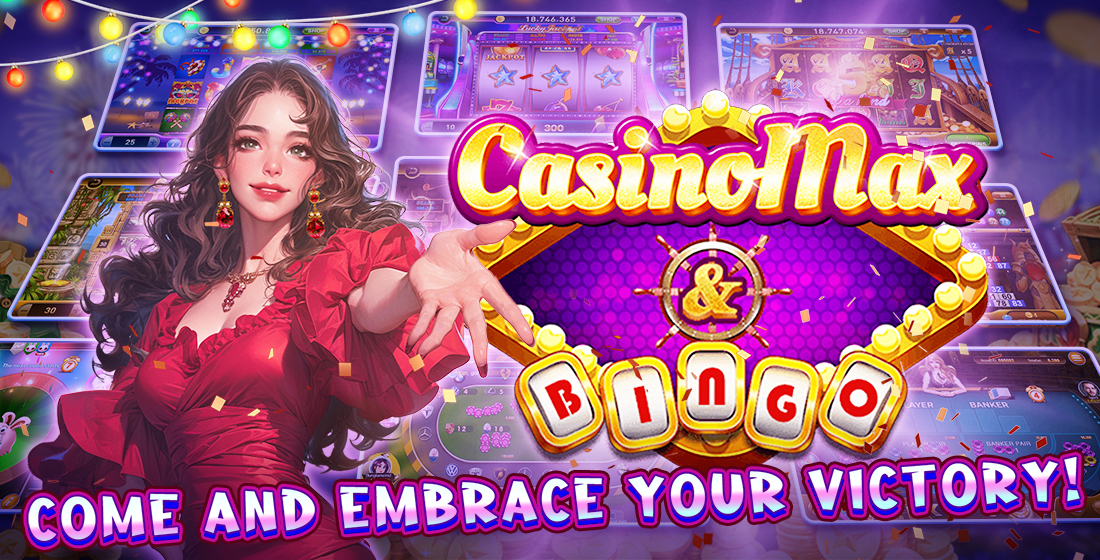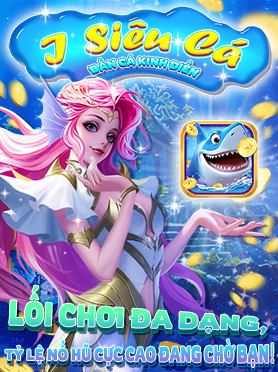Building Games vs. Educational Games: Which One Boosts Creativity More?
Introduction
In today’s digital age, games are not just a source of entertainment but also powerful tools for enhancing creativity. The debate often revolves around two main categories: building games and educational games. But which type truly fosters creativity more effectively? This article aims to dissect both genres, exploring various aspects like engagement, learning, and creativity enhancement.
What Are Building Games?
Building games, as the name suggests, allow players to construct or design various elements within a virtual world. They often encourage imagination and creativity. Examples include RPG games 8 bit and sandbox games like Minecraft. These games offer limitless possibilities for players to explore their creative potential.
What Are Educational Games?
On the other hand, educational games focus on learning objectives. They incorporate fun gameplay mechanics to teach subjects such as math, science, and history. The goal is to make learning engaging while imparting knowledge. However, they may not always allow for creative expression.
Key Differences: Building vs. Educational Games
| Aspect | Building Games | Educational Games |
|---|---|---|
| Purpose | To create and design | To educate and inform |
| Creativity Level | High | Moderate |
| Engagement | High | Variable |
| Learning Retention | Indirect | Direct |
Engagement in Building Games
Building games usually provide a high level of engagement due to their open-ended nature. Players can spend hours crafting their worlds and narratives, which can significantly enhance their imaginative skills. Games like Minecraft let players create their own adventures, encouraging problem-solving and innovation.
Engagement in Educational Games
While educational games aim for engagement as well, their focus remains tied to learning objectives. Some players may find them less appealing than building games. However, they offer valuable educational content, making them a necessary component of creative learning.
Creativity Boost in Building Games
Building games frequently allow for an extensive range of creative expression. Players can customize characters, build structures, and even craft entire stories. The lack of boundaries encourages an environment where creativity can thrive freely.
Creativity in Educational Games
Educational games, while focused on teaching, can integrate elements that spark creativity. They can inspire players to think critically, albeit in a more structured environment. Games like Kerbal Space Program teach physics and engineering principles creatively.
Exploring the Role of Storytelling
Storytelling plays a vital role in both game types. Building games allow players to create their own stories, while educational games may have predefined narratives. However, storytelling in educational games can offer players unique perspectives on historical events or scientific concepts.
The Impact of Community in Building Games
The community aspect of building games often contributes to their creative potential. Players share their creations, collaborate, and inspire one another, creating a rich tapestry of imaginative gameplay. The sharing of ideas fosters a more extensive range of creativity.
The Collaborative Nature of Educational Games
Similarly, educational games can encourage collaborative play, where students work together to solve problems. Such teamwork can enhance creative thought processes. Nevertheless, the structured format may not allow for personal expressions as freely as building games.
Description of Black Cat Crashed a Football Match
In the multifaceted world of games, sometimes unexpected scenarios emerge, such as the story of a "black cat crashed a football match". It represents the unpredictability and charm found in gaming narratives, highlighting how unexpected elements can also inspire creativity.
Connecting Creativity to Real Life
Both types of games have direct implications on real-life creativity. Building games can translate into improved design thinking and artistry. Meanwhile, educational games can enhance critical thinking skills and problem-solving abilities, aiding creative processes in daily life.
Potential Drawbacks of Each Game Type
No game is without its faults. Building games may lead to a lack of direction for some players. Conversely, educational games might stifle creativity due to their focus on specific learning outcomes. Each has unique challenges to overcome.
Final Thoughts and Conclusion
Ultimately, the question of whether building games or educational games boost creativity more lacks a one-size-fits-all answer. It depends on the player's interests, goals, and preferred style of learning. Building games often promote higher levels of creative expression, while educational games provide structured learning that can spur creativity in its own right. Both genres hold value in nurturing creativity and should be embraced as complementary tools in a dynamic learning environment.



